Cryogenic sleep, also known as suspended animation or cryosleep, is a state of reduced bodily functions and metabolism in which the body is cooled to subzero temperatures. The process of cryogenic sleep can be induced by various means, including cooling the body with ice packs or immersion in a cold bath. Once the body has reached subzero temperatures, its metabolic rate slows down and all vital signs stabilize. The patient remains in this state for an extended period of time until they are revived and their vital signs return to normal.
Is Cryosleep possible – Does Cryogenically freezing work
Yes, cryosleep is possible and cryogenically freezing does work. The process of cryopreservation involves cooling the body to subzero temperatures in order to preserve tissue and organs. This can be done through a number of methods, including freezing, vitrification, and suspended animation.
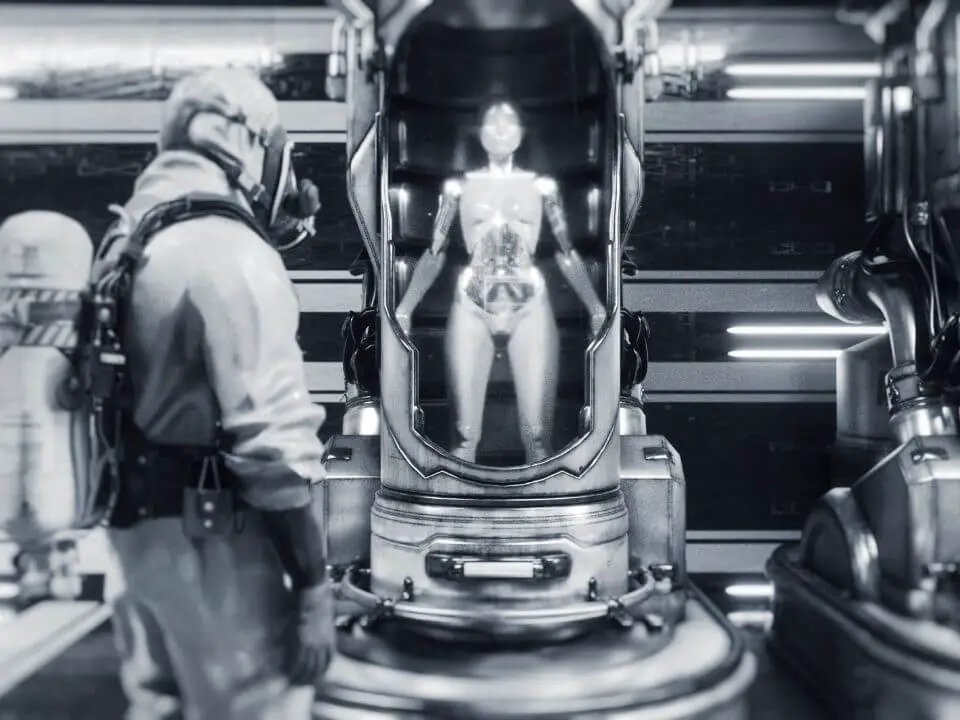
There are a number of benefits to cryosleep, including the ability to extend life expectancy and improve health outcomes. Cryopreservation also has the potential to allow for interstellar travel by preserving astronauts in a state of suspended animation for long periods of time. However, there are still some risks associated with the procedure that need to be considered before it can be widely used.
Overall, cryosleep is a promising technology with many potential applications. However, further research is needed to ensure its safety and efficacy before it can be widely adopted.”
Do you age in Cryogenic sleep
The process of cryogenic sleep, or suspended animation, has been used for centuries to preserve people and animals. In recent years, the use of cryogenic sleep has been explored as a way to extend human life. The idea is that by freezing the body at a very low temperature, the aging process can be slowed or even halted.
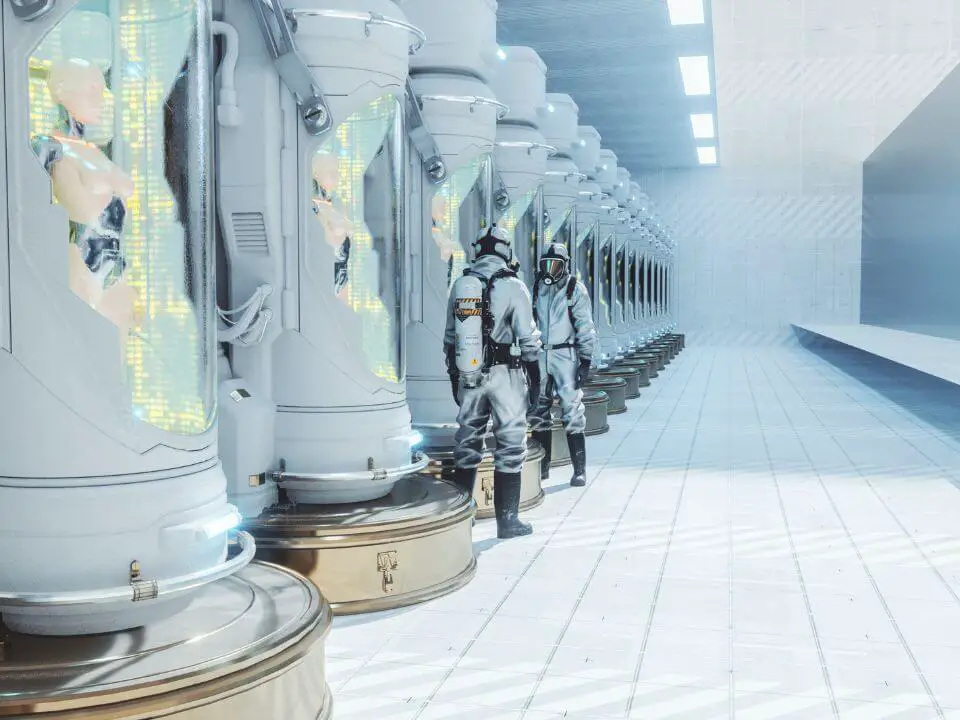
There is some evidence that this may be possible. Studies have shown that cells and tissue can be preserved for long periods of time in a state of suspended animation. However, there is still much research needed to determine if this could work in humans. There are also significant risks associated with cryogenic sleep, such as brain damage and organ failure.
At present, there is no definitive answer to whether or not humans can age in cryogenic sleep. However, the potential benefits and risks make it an area worth further exploration
How long can you Cryosleep?
Cryosleep, or suspended animation, is a state of reduced biological activity in which an organism’s metabolic rate is greatly reduced. This could potentially allow humans to sleep for long periods of time without aging or experiencing the negative side effects of traditional methods like sedation. However, there is still much research needed to be done on human subjects before cryosleep can be approved as a safe and effective method for long-term sleeping.
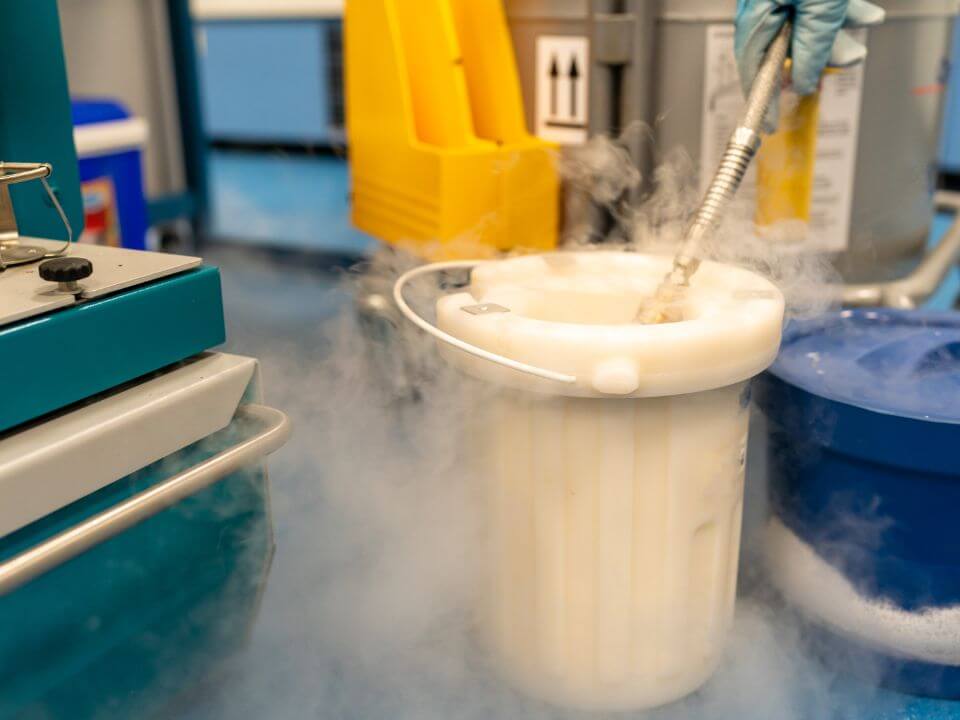
There have been several animal studies conducted on the effects of cryosleep, which have shown promising results. For example, one study found that rats who were put into suspended animation for 24 hours experienced no adverse effects afterwards . This suggests that it may be possible to safely put humans into a state of reduced biological activity for extended periods of time. However, more research needs to be done on human subjects before this can be confirmed.
🔬 Subscribe to SciMail
Get the latest science discoveries straight to your inbox!
Can I Cryogenically freeze myself?
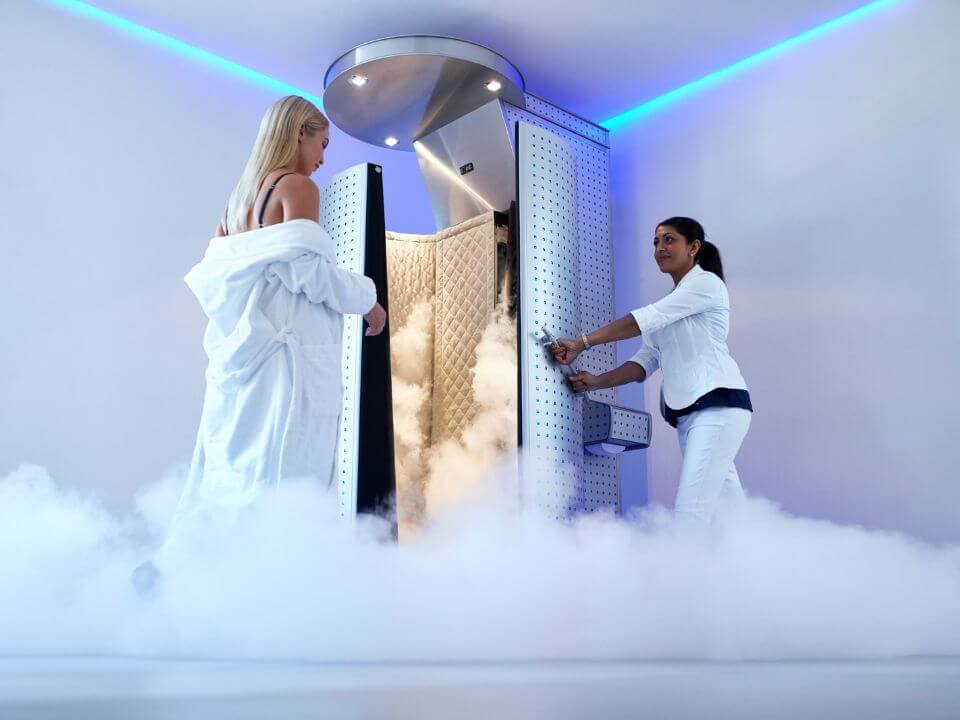
Yes, you can cryogenically freeze yourself, but the process is not yet perfected and there are risks involved. The length of time you can spend in cryosleep depends on how well the freezing process is done and how long your body can withstand being frozen. Generally speaking, however, most people who have undergone cryogenic freezing have only been able to stay in suspended animation for a few days or weeks. There are reports of people who have been successfully frozen for longer periods of time, but these cases are rare and often involve special circumstances.
Who is currently Cryogenically frozen
There are currently over 250 people cryogenically frozen in the world. The first person to be cryogenically frozen was Dr. James Bedford in 1967. He was a 73-year-old cancer patient who wanted to be revived in the future when a cure for his cancer had been found. Since then, many other people have chosen to be cryogenically frozen for various reasons including terminal illness, age, and the hope of being revived in a future with advanced medical technology.
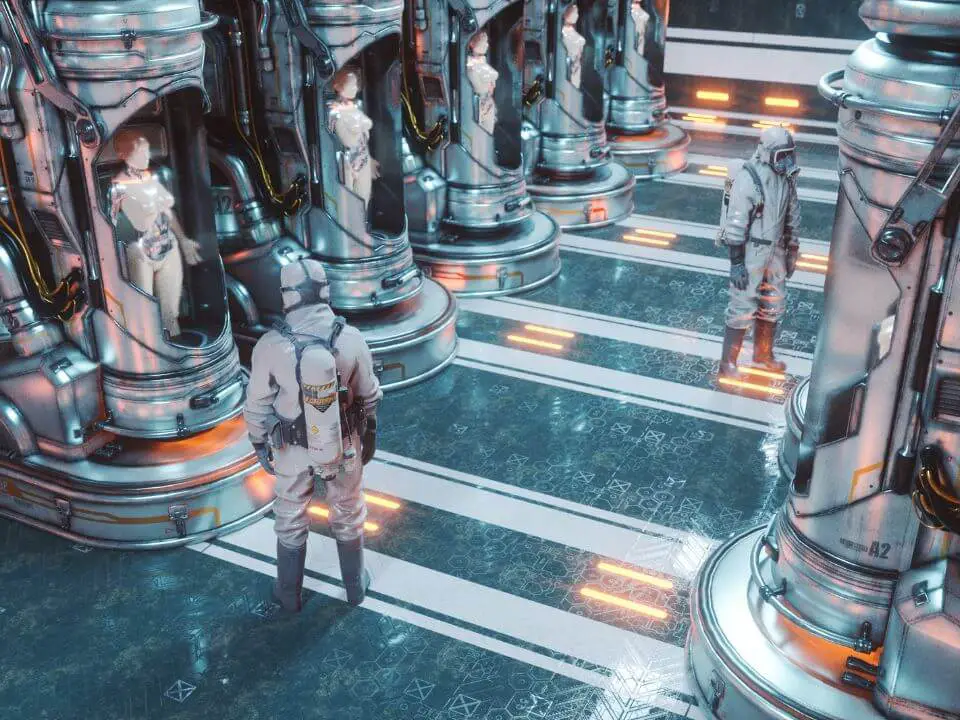
The process of cryogenic freezing is very expensive and requires special equipment and facilities. The body must be quickly cooled to -196°C using liquid nitrogen before it can be stored long-term in a tank also filled with liquid nitrogen. This ensures that all of the cells in the body are preserved and there is no damage from ice crystals forming inside them.
Although there is currently no way to revive someone who has been cryogenically frozen, some scientists believe it may one day be possible using nanotechnology or other advanced medical technologies not yet invented
Applications of Cryosleep
There are many potential applications for cryogenic sleep, including space travel, medical procedures and emergency situations.
- In space travel, for example, astronauts could enter into a state of suspended animation during long journeys to other planets or galaxies. This would allow them to conserve resources onboard their spacecraft and avoid the negative health effects associated with prolonged exposure to zero gravity conditions.
- In medicine, patients could be placed into a state of suspended animation prior to undergoing surgery or other invasive procedures. This would minimize tissue damage and improve outcomes by allowing surgeons more time to work on complex cases without rushing.
- In addition, cryosleep could also help reduce the impact of sleep deprivation on medical professionals who often work long hours

It is also important to consider the potential applications of cryosleep and how it could benefit humanity as a whole. If proven safe and effective, cryosleep could potentially be used by astronauts during long space missions or by people who need to undergo surgery that would otherwise not be possible due to their health conditions. Overall, there is still much research needed before cryo-sleep can be approved a safe and effective method for long-term sleeping. However ,the potential applications are varied and could prove to beneficial for humans in many ways.
So what are your thoughts, would you like to cryogenically freeze yourself today and wake after a century to see what the future would look like. Share your thoughts with us in comments below.

Leave a Reply